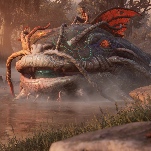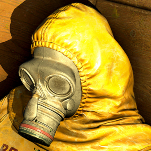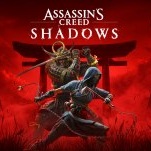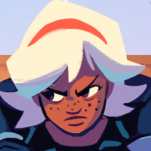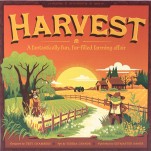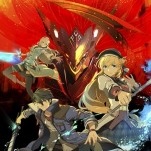The Joke-Filled Paper Mario: Color Splash is Smarter Than Most Serious Videogames
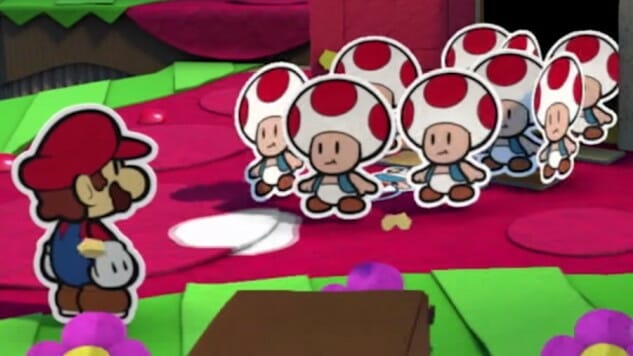
Sprouting from The Chosen Toads’ mushroomed heads is an abstract shape that looks like a key. Their destiny is to unlock a large gate, an obstacle to progress. I need to track them down so I can be on my way. Only when the three Chosen ones gather together do I notice the shapes resemble something more… specific. Each jutting collective of lines atop these three Toad heads is a key, yes, but something else: a letter. Together they form the magic word: K – E – Y.
The choice is more than just simple visual gag. Paper Mario: Color Splash’s reason for being is not about the sloshing around of paint, though that’s fun, too. The best argument for spending time in this place is not to engage in the lumbering combat or solve clever environmental puzzles but to see what the next character says. Words, pure and simple, are the best power-up featured in a Mario game since Super Mario World’s flying cape.
Mario’s role-playing pantheon has always had a love affair with words (sometimes in a negative way; these games can become quite chatty), and the latest is no exception. What’s more impressive is the hilarity squeezed out of a cast of characters that’s essentially color-coded clones of one another. Besides Mario, the Princess, Bowser, and a few standard enemies, most of the characters you’ll run into and engage with are Toads.
Paper Mario: Color Splash is less a role-playing game than a series of one- or two-act plays starring Toads in different roles. Mini dramas unfold—early on, a bridge is out at the central hub town. A nearby Toad explains he’s no Bridge Expert. “But I am a Bridge Expert expert.” He knows he’s around here somewhere. When you find him, he returns to town and fixes the bridge, allowing passage to a new area. End scene.
While many prefer the Paper Mario games with unique characters outside of the typical Mushroom Kingdom realm, like GameCube’s Thousand-Year Door and Wii’s Super Paper Mario, I’ve always had a soft spot for 2012’s Sticker Star on 3DS, an entry that is curiously loathed. It, too, leans hard on a multitude of Toads in place of fresh, new personages. And only in playing Color Splash have I put my finger on the reason I love both that game and this Wii U iteration: Both games are an exercise in extreme limitation. Each is a response to questions rarely asked: “How do you create an RPG without the crutch of experience points and leveling up?” And this one: “How do you tell a story with meaningless characters?”
The first answer is to create compelling gameplay beyond repetitive battling that raises quantitative stats. In Sticker Star, you went around pulling stickers off of the environment to be used as moves in battle. The mere act felt good: Imagine a thousand bandages to be ripped off, pain-free. In Color Splash, the mechanic is basically the same, although this time you hit blank spots with your Paint Hammer to fill in color that has been leached from the world by straw-sucking Shyguys. Cards somehow erupt from the now-colored earth. These are used in a similar fashion to the previous game’s stickers: Instead of choosing “attack” or “defend” from a traditional RPG menu, you pick a card or two to play. Better cards equal more powerful moves. But the best part is the slinging of paint around the world. I found it near-impossible to walk by a blank spot without pounding it with my hammer, even when I had enough cards to last ten rounds of Texas Hold ‘Em.
Everything is visual. This is not a game of stat sheets. Blank cards can be filled in, partially or not, with paint for a selective gain in strength. Enemy damage is signified by an absence of color, as if erased. Characters that leap out of water appear damp and soggy, their vibrancy withered and blurred as if watercolors ran together. Instead of grinding through lower enemies to raise an arbitrary number, more time can be spent ogling the papercraft environments or piecing together light puzzles. Or listening to the townsfolk.
Which brings me to the second question. How do you craft a narrative in a role-playing game, a genre with the pace and longevity needed to tell involved stories, when the inhabitants include such nuanced characters as “straw-sucking Shyguy”? Answer: You don’t. Instead, you tell a series of jokes.
Jokes are hard to tell. Especially in videogames. Most games attempting humor will be loud and showy, a series of crass novelties imitating wit. Ubisoft’s Far Cry: Blood Dragon is beloved by some for its comedic, ‘80s-soaked take on Ubisoft’s own first-person survival shooter. A brief cross-section: Your character, frustrated by the game’s insistent tutorial in the first area, screams “Fuck!”; you can press a button to raise your middle-finger. Creative Director Dean Evans admits to encouraging his developers to imagine their eleven-year-old self while making the game. For the intended audience, these jokes presumably land. What’s so impressive about this latest Paper Mario game is that, for all intents and purposes, it could have been just as grinningly dumb. This is an adventure revolving around the antics of paper-thin varietals of cartoons. No one expects Tolstoy. But the writing is smarter than most serious videogames attempting to evoke actual emotions. And that attention to detail—and a restraint diametrically opposed to its surface lunacy—is what makes the experience so humorous.
That the intended vehicle for this humor is an army of same-faced cherubs wearing mushroom cap hats should be a burden, an unscalable wall with no handholds. I imagine lesser games leaning on a dozen varieties of abuse masquerading as comedy: queue up the one-liners about midgets, dwarves, hallucinogenic drugs, Oompa Loompas. But these Toads aren’t punching bags for punchlines. They instill wisdom. They broach uncomfortable truths. They take the piss. They’re shady back-alley dealers. They’re naïve innocents and self-debasers. None of them are all of these things, like we are; instead, all of them are one of these things. Taken together, the collective Toad is one of the most interesting characters of all time. Wringing such depth of humanity—its pathos and joy, its laughter and melancholy—out of a hundred wafer-thin walking and talking fungi is one of the great magic tricks of the 21st century.
-

-

-

-

-

-

-

-

-

-

-

-

-

-

-

-

-

-

-

-

-

-

-

-

-

-

-

-

-

-

-

-

-

-

-

-

-

-

-

-

































